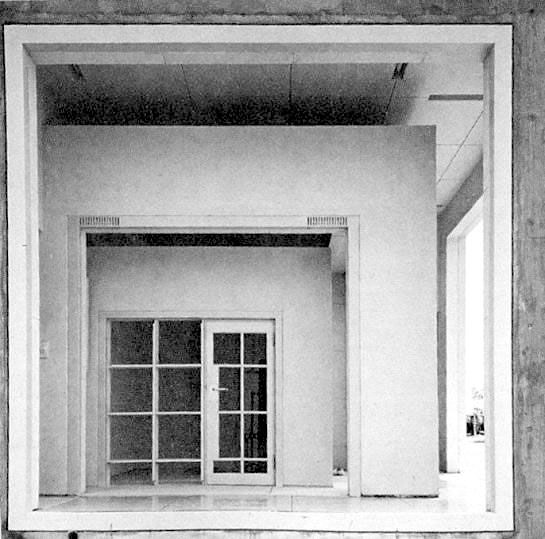Todoroki City
The Todoroki House by Hiromi Fujii (1976) uses a grid to produce an evolution of a traditional Japanese interior landscape. Known as “a house within a house,” the Todoroki House reintroduces the elements of the conventional residence through spaces that are combined in multiple layers and nested within one another. Fujii’s concepts of neutrality and degree zero are achieved through the use of a grid system that can be seen in the openings and entryways on the façades. By the use of these elements, the project reflects a controlled and orthographic system which completes the composition of the space.
In designing the graphic, the house was placed on a gridded background to further emphasize Fujii's distinctive use of gridding throughout the house. While the part-to-whole drawing highlights the gridded windows, the deconstructed drawing mimics the house being "unfolded" like a paper cut out. Lastly, the chosen color palette was inspired by the landscape of Ichikawa itself being surrounded by greenery and forests.





In the process of developing the city, the themes were uncovered residence itself. The approach lies in the system of uniform grids utilized throughout the residence, specifically in the window muntins and perforated screens. To better mirror the consistency of the grids, the plan of aggregation is allocated in an equally spaced grid and subdivided into 9 sectors.
Additionally, inspired by the encased volumes that create the various spaces of the house, structures were added to support the overall design of the project. The sectors are further divided and enveloped by perforated roofs and walls, collectively enveloping 72 residences. Meanwhile, the interior central void is outlined with four sets of staircases that allow access to the upper platforms. While Fujii’s original Todoroki Residence proposes encasement through the interior in one individual unit, the project delves into encasement through a larger organizing principle in an urban context.
In collaboration with
Blue Williger
Vedika Khushalani



First story
Second story

